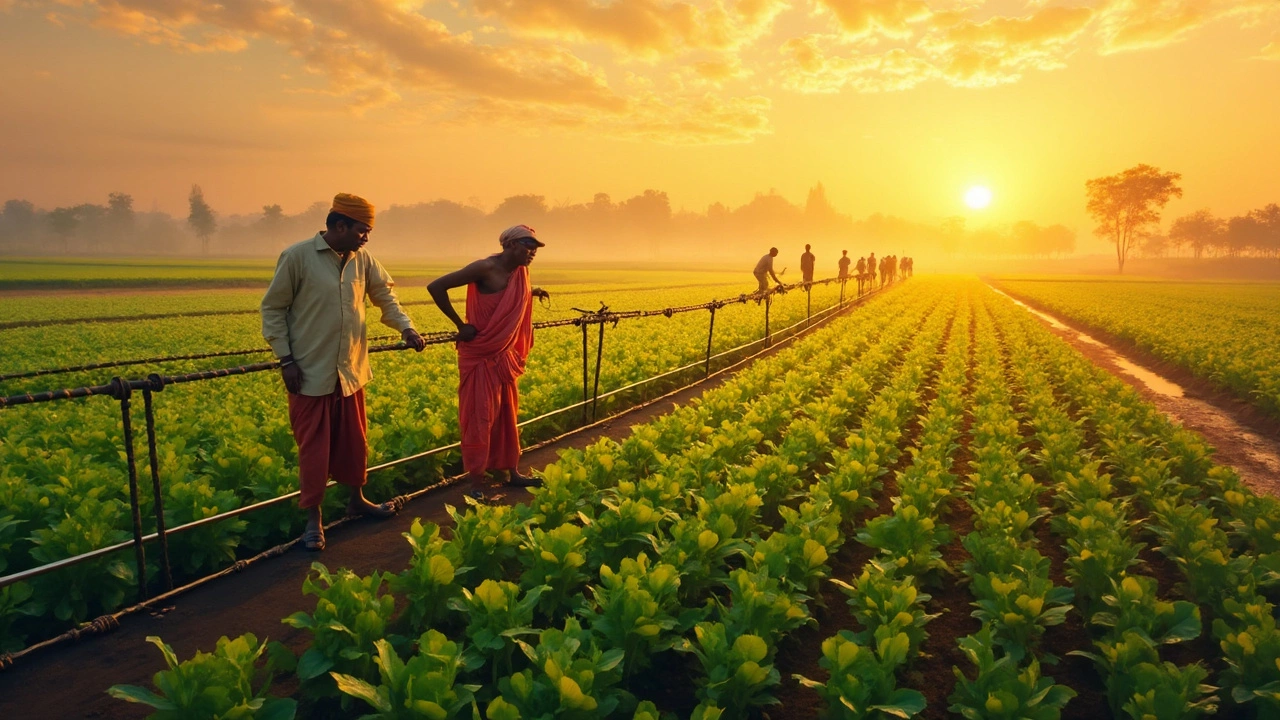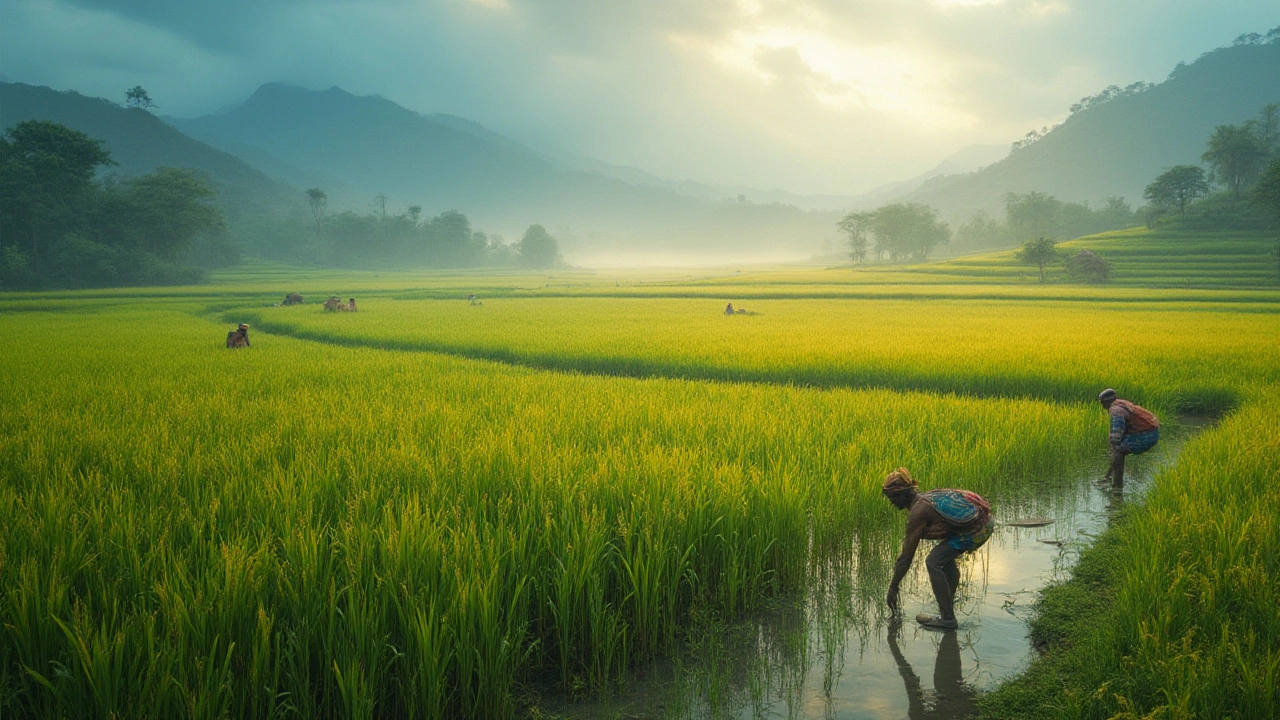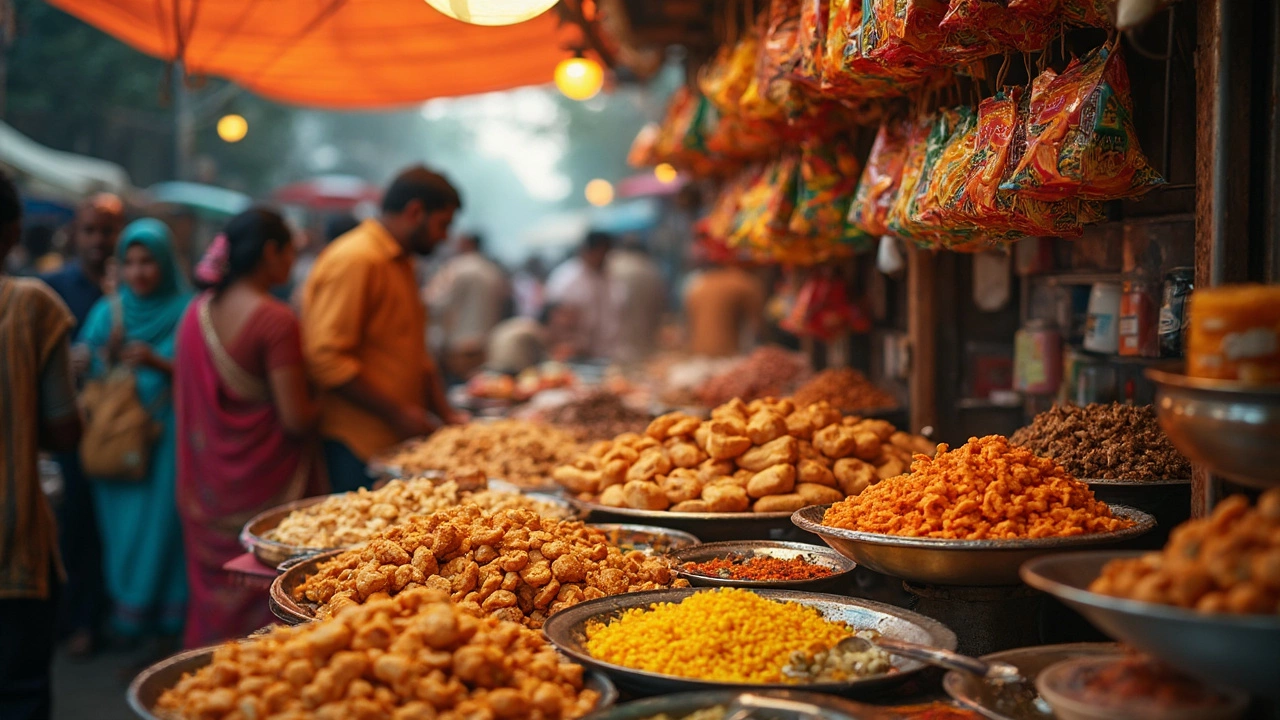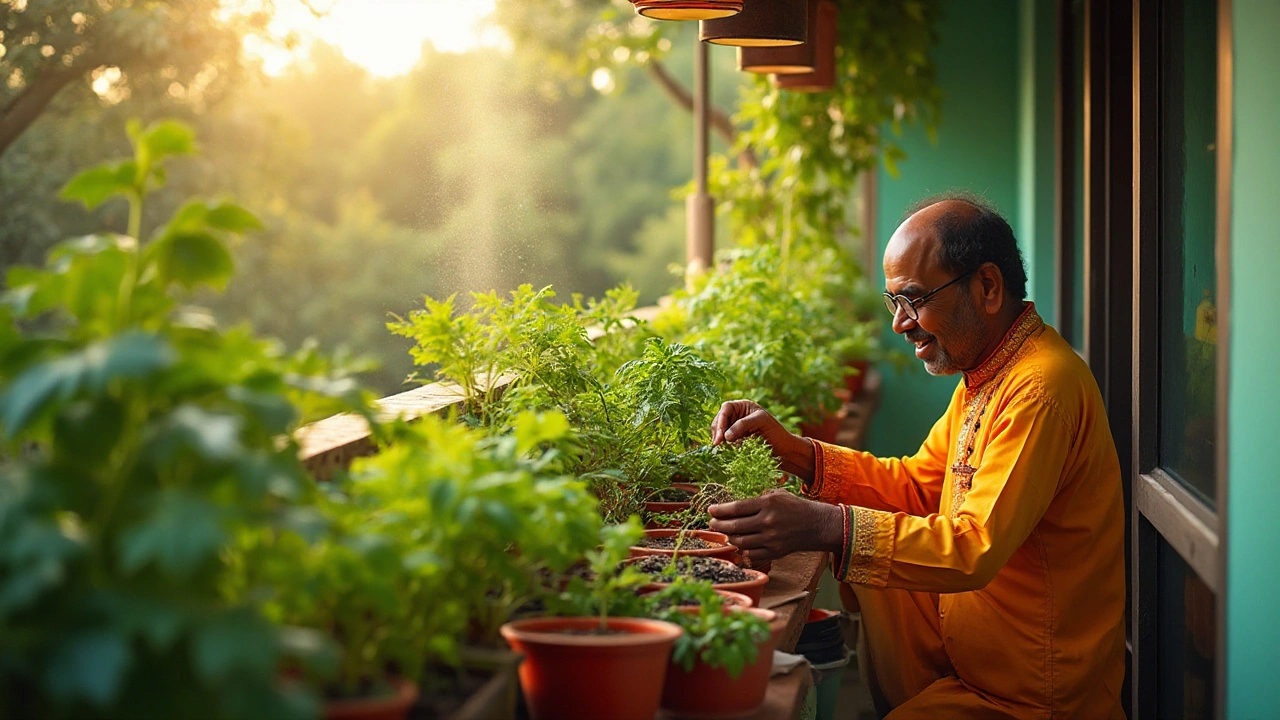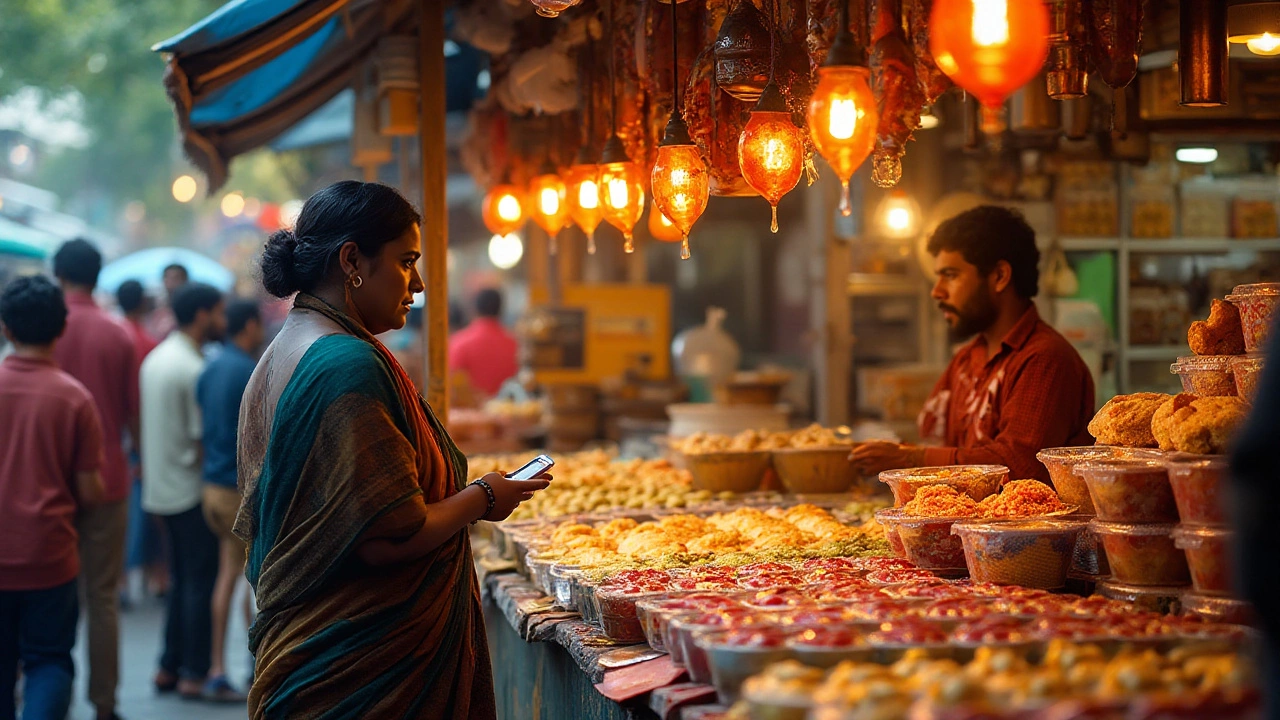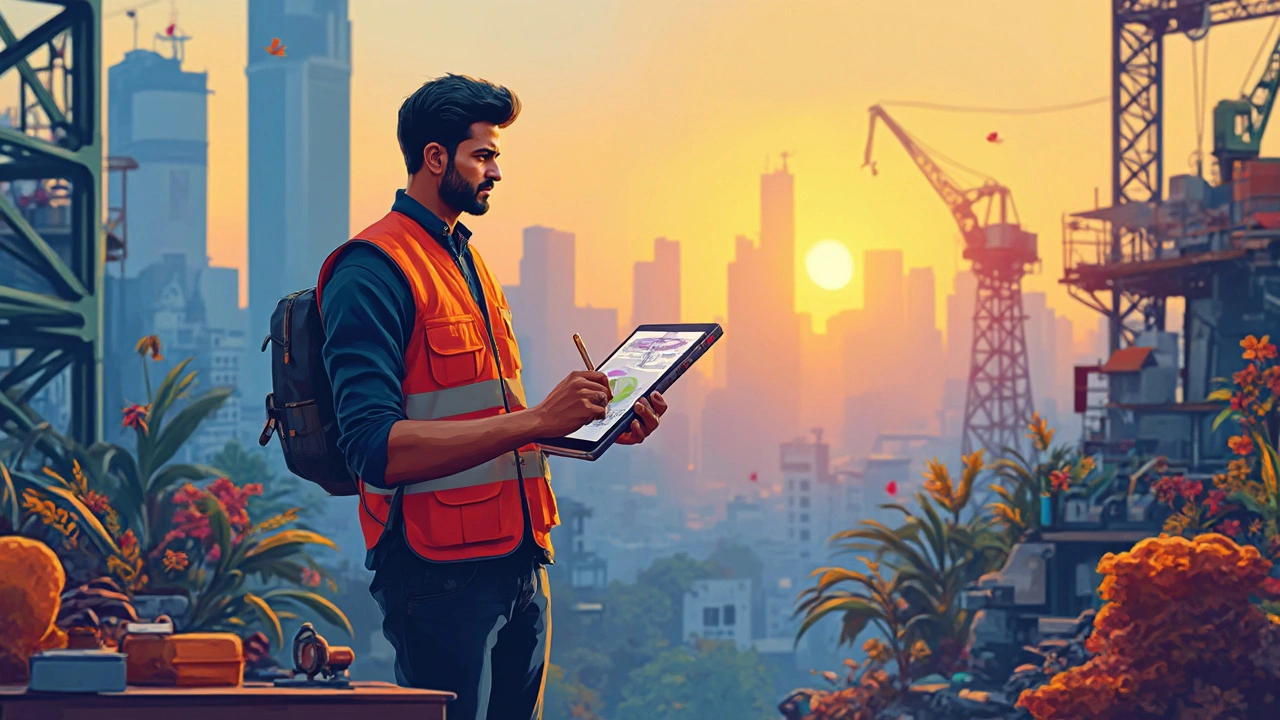Water Loss: Understanding and Controlling Moisture Waste
When dealing with water loss, the unwanted escape of moisture from soil, plants, or irrigation systems. Also known as hydric waste, it can cripple any garden or farm’s productivity.
Understanding soil moisture, the amount of water held in the ground that roots can actually use is the first step. When soil dries out faster than plants can absorb water, the excess evaporates – that’s a classic case of water loss. The same principle applies to drip irrigation, a low‑flow watering method that delivers water directly to the root zone. By minimizing runoff and keeping water where it belongs, drip systems cut the evaporation component of water loss dramatically. Pairing accurate soil‑moisture monitoring with drip lines creates a feedback loop: the system only releases water when the soil’s moisture drops below a set threshold, preventing the wasteful overflow that traditional sprinklers often cause.
Practical Ways to Reduce Water Loss
One of the simplest tricks is using mulch, organic or inorganic cover placed on soil to conserve moisture. Mulch acts like a blanket, slowing evaporation, keeping the soil temperature stable, and reducing the urge to water daily. In container gardening, the rule changes a bit. The article "Should I Water My Container Garden Daily?" shows that over‑watering is a bigger enemy than under‑watering because excess water runs off the pot and evaporates quickly. Choosing the right pot size, using light‑weight soil mixes, and checking moisture before you water are all ways to keep container‑garden water loss in check.
Another technique is the no‑till approach highlighted in "Why No‑Till Gardening". By leaving soil structure intact, you preserve the natural pore network that holds water longer, which directly lowers the evaporation rate. If your garden soil has turned hard and dry, the guide "How to Rehydrate Garden Soil" suggests adding compost, gypsum, or just a generous soaking to restore its water‑holding capacity. Once the soil can retain moisture, you’ll notice a drop in the amount of water you need to apply each week.
Water quality also matters. The piece "Is Tap Water OK for Plants?" points out that hard water can leave mineral buildup, which reduces soil’s ability to absorb water, pushing you to water more often. Simple actions like letting tap water sit for a few hours or using a rain‑water collection system can improve the water’s profile and help the soil keep what you pour in.
All these strategies—mulch, drip irrigation, proper container practices, no‑till, and good water quality—work together to shrink the gap between irrigation input and usable plant water. Below you’ll find a curated collection of articles that dive deeper into each method, give you step‑by‑step guides, and share real‑world examples of how growers across India are slashing water loss while boosting yields.
Understanding Water Loss in Drip Irrigation Systems
Drip irrigation is a crucial method in agriculture for conserving water and improving crop yield. This article explores the percentage of water loss in drip irrigation systems, highlighting the factors that influence loss and offering practical tips to minimize it. Understand the system's efficiency and learn ways to optimize your watering habits. With simple adjustments, you can save more water and support sustainable farming practices.
- manufacturing
- India
- food processing
- garden tips
- rice cultivation
- government schemes
- balcony garden
- urban gardening
- balcony gardening
- profitable business
- business ideas
- plastic manufacturing
- drip irrigation
- plant care
- steel manufacturing
- sustainable gardening
- startup ideas
- steel industry
- flower gardening
- textile manufacturers

